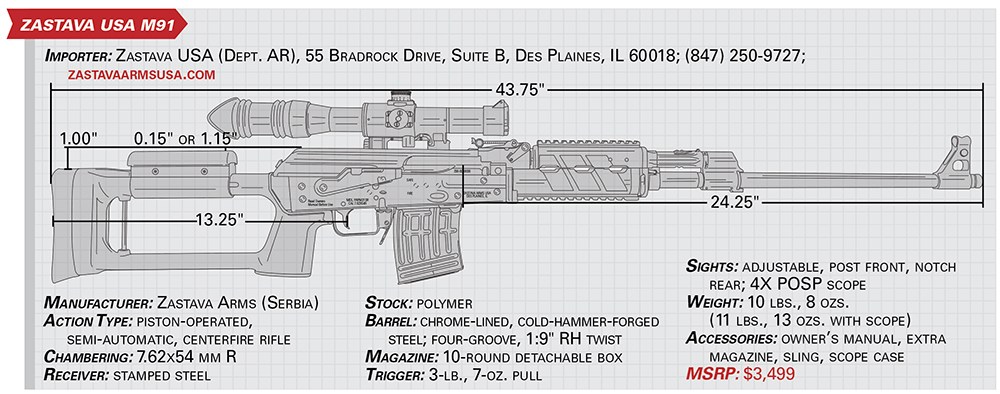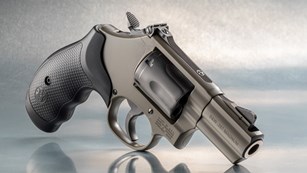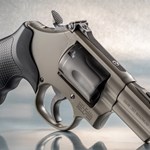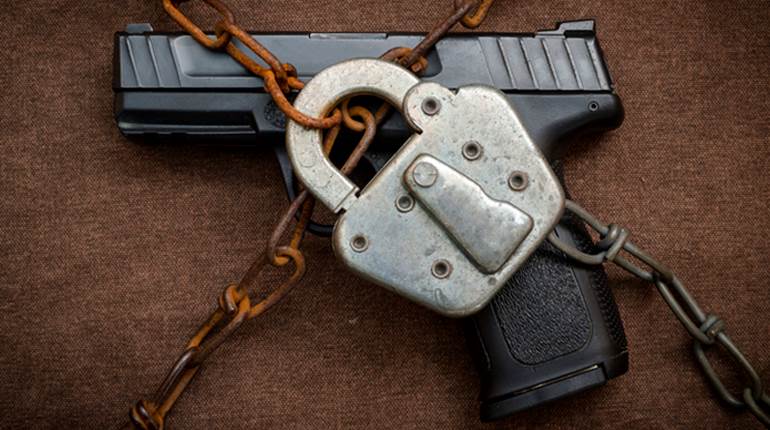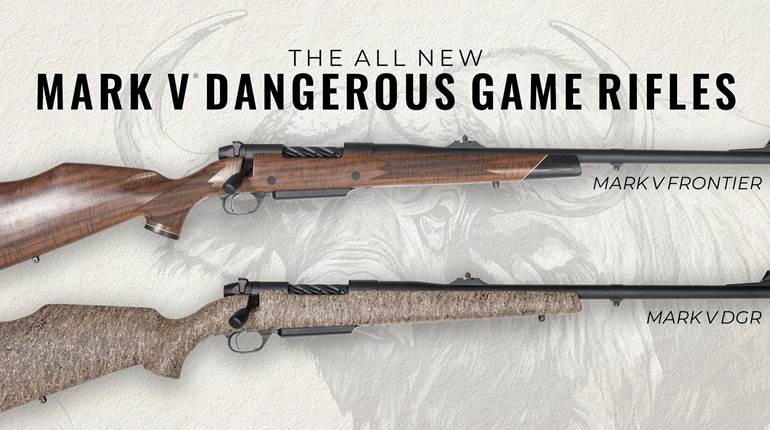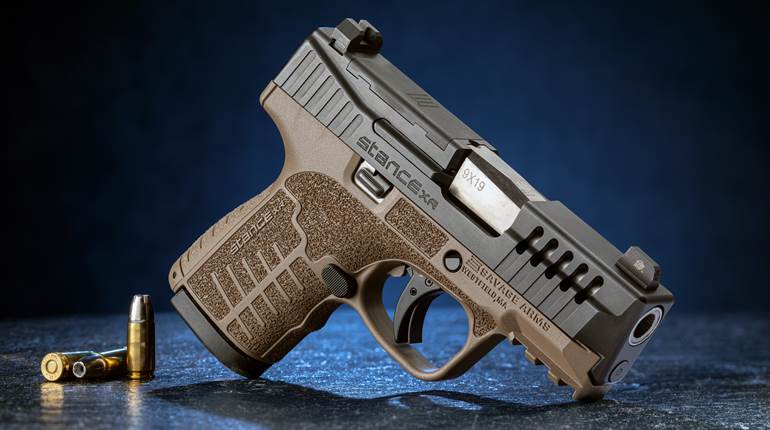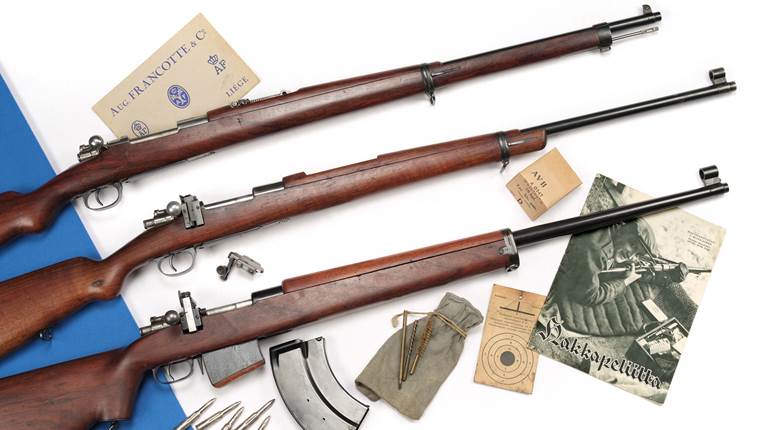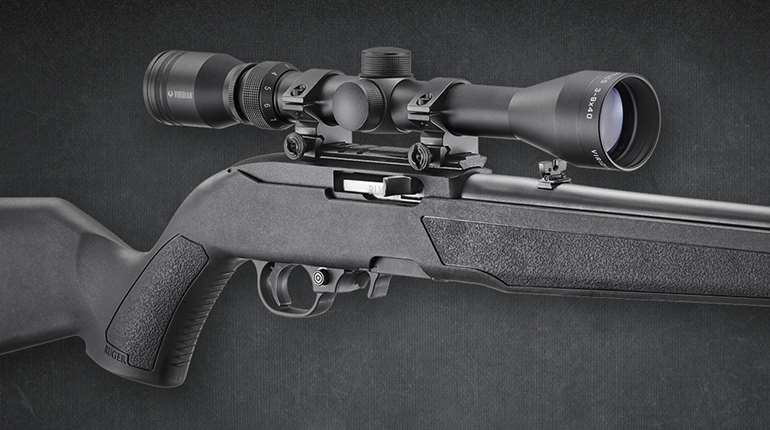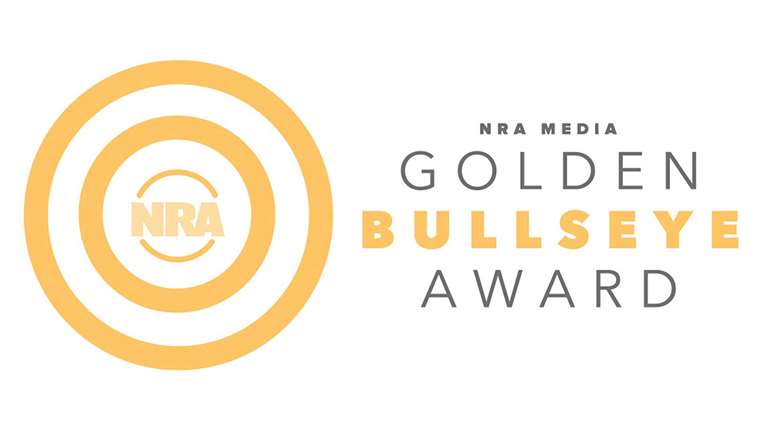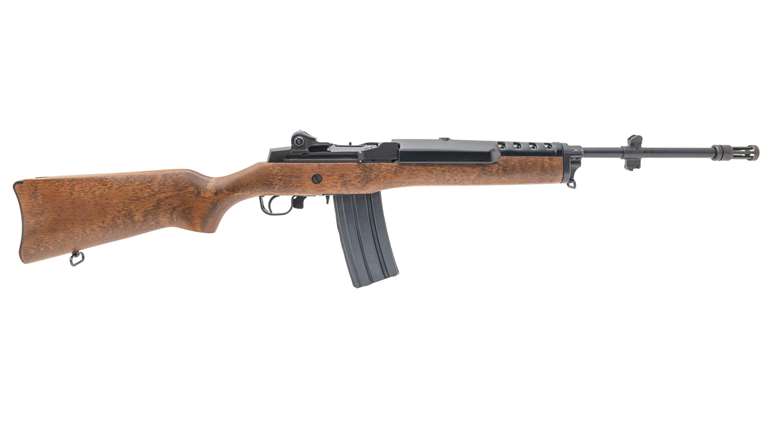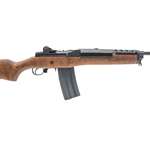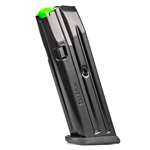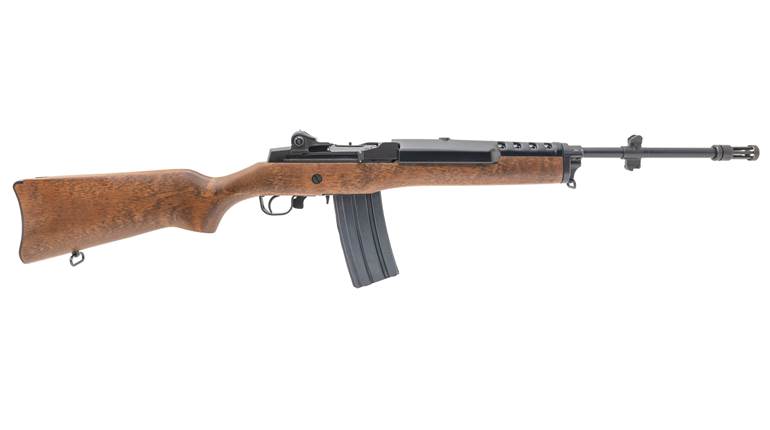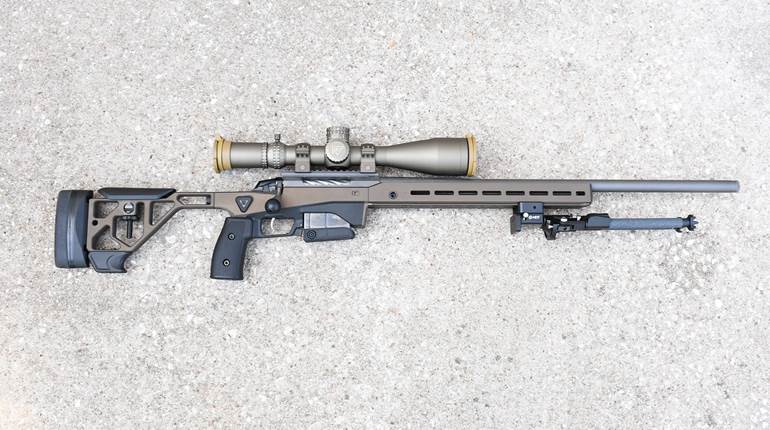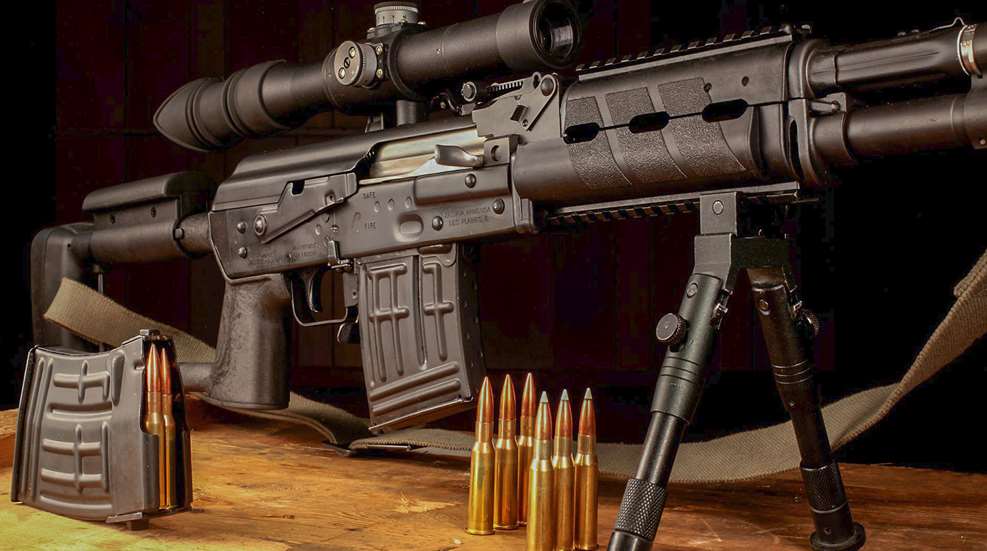
When the Soviets sought to modernize the sniper rifles in their arsenal following World War II, they upgraded their bolt-action Mosin-Nagant-based systems to the semi-automatic SVD-63. Several countries in the Soviet’s sphere of influence made direct copies, while others developed their own rifles that used a similar concept, one of the best known being the Romanian PSL.
During the Cold War era, the Yugoslavians were known for bucking the hegemony of Soviet firearm design. They developed their own semi-automatic sniper rifle called the M76, and while the M76 mimicked the look of the SVD, it differed in several significant ways. First, it used an AK-type, long-stroke-piston design versus the short-stroke SVD gas system. Second, it was chambered in 8 mm Mauser instead of the 7.62x54 mm R cartridge that the SVD used.
By the 1990s, Zastava Arms—formerly the Yugoslavian national arsenal and now located in the country of Serbia—began designing an updated version of the M76. While it uses a long-stroke design, the new rifle, called the M91, differs by using a stamped-steel receiver and firing the 7.62x54 mm R cartridge. Zastava USA recently began importing the M91 to the American market, and it is the subject of this review.
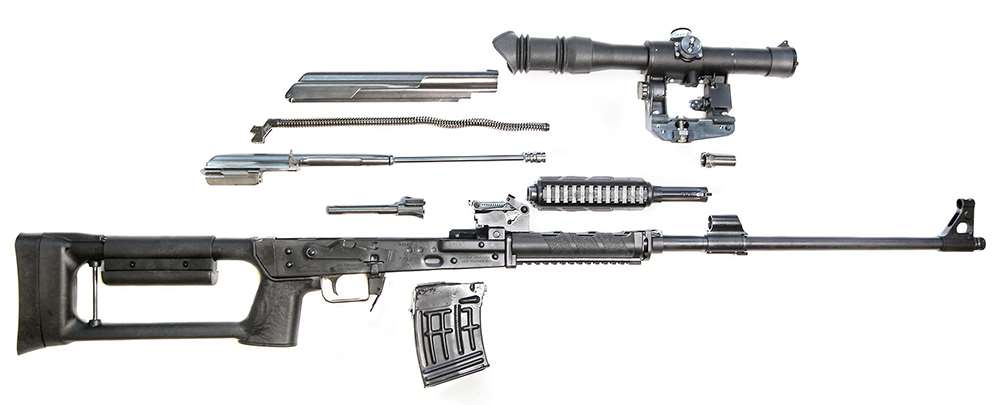
The rifle uses a 24.25" barrel that is cold-hammer-forged with a chrome-lined bore. Its two-piece furniture is polymer, with the handguard featuring molded-in Picatinny rails on both the top and bottom. The buttstock is of a one-piece “thumbhole” design that mimics the SVD. It features a cheekpiece that can be rotated up for use with the scope or down to utilize the iron sights. The result is a rifle that is nearly identical to Zastava’s military product, except that it lacks a bayonet lug and a flash hider, with a muzzle nut tack-welded in place over the barrel’s 14x1 LH threads.
The manual of arms for the M91 follows the AK pattern. A combination safety/dustcover blocks the trigger and the charging handle slot when in the upward position; pushing it down allows the rifle to fire. The magazine release is of the paddle type, and the control is positioned where it can be reached with either hand.
Like Zastava AK magazines, the M91 magazine follower holds the bolt open after the last round is fired; there is no mechanical hold-open, so the bolt will close when the magazine is removed. Though the safety lever has the bolt-hold-open notch of Zastava AKs, this is not functional, as the larger bolt carrier doesn’t travel far enough rearward to engage it. The M91 has an adjustable gas regulator. Its three positions are for use during high temperatures, normal conditions or low temperatures/when the rifle is dirty.
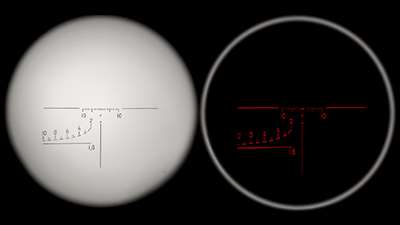
The M91 is supplied with a 4X POSP scope that has a BDC-style reticle that is calibrated for the 7.62x54 mm R cartridge. The scope’s chevron reticle can be illuminated by battery power. The built-in range estimator can be used to estimate distance based on a 1.8 m (approximately 6 feet) target between 100 and 1,000 meters. Once range is known, the adjustment knob is turned to the prescribed distance.
The scope includes a rubber eye piece and front scope cover. The rifle is also supplied with AK-type back-up iron sights; the rear open-ladder sight is adjustable for elevation between 100 and 1,000 meters, and the front post is adjustable for windage and elevation. With the optic and supplied sling, the entire package weighs right at 12 lbs.
While Zastava designates the M91 as a “sniper rifle,” this term has a different meaning in Eastern Europe than it does in the West. A more accurate designation in American firearm lexicon would be “designated marksman rifle.” The M91 is designed to be issued one per squad, to give a group of iron-sighted AK-armed rifleman an extra range and accuracy advantage.
Despite using the best-quality ammunition we could find—two American-made match loads from DoubleTap and SBR Ammunition—the M91 did not exhibit the type of accuracy that American consumers would expect from a “precision rifle.” The supplied manual states that the acceptable accuracy standard for the rifle from the factory is an 8-cm, five-shot group at 100 meters, or approximately 3.25" at 100 yards. We also tested the rifle with 147-grain steel-core LPS “Light Ball” Bulgarian surplus ammo. The overall average group was right at 2.5", with the 180-grain DoubleTap load—which probably most closely duplicates the Serbian sniper load—performing the best.
The M91 trigger has a long initial take-up that breaks at just over 3 lbs., 8 ozs. The lightness of the trigger, combined with the short reset, caused some shooters to fire “double-taps.” If you tried to use a light and precise “bolt-action” trigger press, the recoil of firing would move your hand just enough to allow the trigger to reset before bumping it against your finger to fire a second round. A follow-through technique of firmly holding the trigger to the rear during recoil cured this problem.
Despite what some will consider subpar accuracy, Zastava’s M91 is an authentic, military-issue rifle that is a good example of adapting the Kalashnikov design to allow for longer-range shooting.